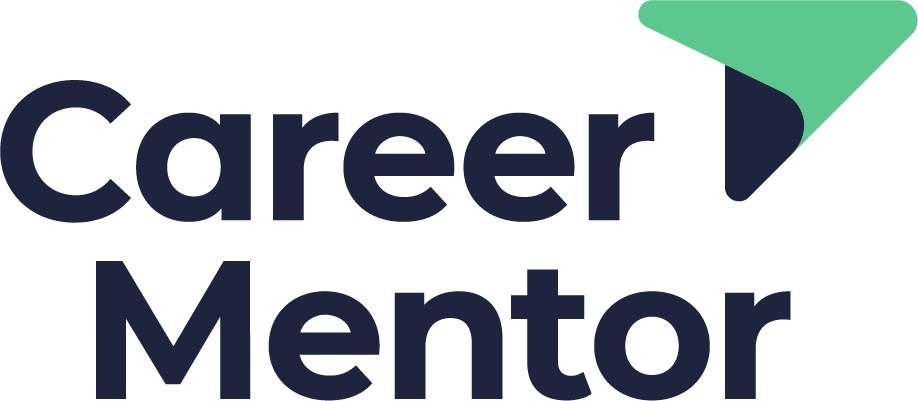Three great ways to improve the examples you give in a job interview
When giving an example to the interviewer, you want to illustrate that you’re a great candidate, perhaps the best candidate for the role. You won’t achieve this if you’re off point, boring or simply lose the interviewer in an over-complicated and verbose answer.
So, in this short read, we’ll look at how to prepare first class examples that you can use to showcase your abilities in the very best way.
These examples will be used in two principal ways in an interview:
First, you’ll use them to help you answer questions posed by the interviewer.
Second, you can use them to demonstrate your ability to address a need, want or pain point that you’ve uncovered in a more conversational interview.
How do I frame my examples in an interview?
The key components of storytelling - because that’s what your example is - have been explored many times. Most notably, the 7 classic stages of a story, often referred to as the "Hero's Journey" or "Mono-myth", were popularised by Joseph Campbell in his book "The Hero with a Thousand Faces". This is really interesting to look into, but is perhaps a little too fulsome for our purposes. We want examples that take only two or three minutes to give.
Another popular and more practical approach is the STAR method:
Situation
Task
Actions
Result
You can imagine how you’d use this structure to give the context and your role within that. Situation describes that context and the starting point. Tasks explains what needed to be changed and why - the motivation. Actions refers to the specific things that you did and what other members of the team did. Result is obviously the outcome, how things were improved, and the impact on the business and key stakeholders.
In the title, I mentioned three additional great ways to enhance this. So, what are they?
Story gap
Grabbing the attention of the interviewer is essential, so pre-framing becomes a powerful tool. Instead of rolling straight into your answer, start with an attention grabbing statement.
In a TV interview before the infamous Oscar’s slap, Kevin Hart took his cue from the host and said “I have a story about that and in fact, I think that Will Smith is still mad at me”. Now the audience wants to know what happened.
You’ll certainly have the interviewer's attention. Before you give your example, you can use a pre-frame such as: “this situation led to the biggest lesson I ever had in my career” or “this one, seemingly small, thing led to us winning our biggest ever contract “. You can see how that would be impactful in an interview.
We hit a problem
If in the Action section of your story, it all goes swimmingly well and the execution of the plan happened without flaw, that’s fine but predictable, so the listener may check out. Better is to introduce a challenge that the plan had not taken account of. You’ve now added drama - which is a key element in Campbell’s Hero’s Journey. In addition to making it more interesting, you now have the chance to demonstrate other character traits that you possess, such as being flexible, leading others in stressful situations and intelligently course-correcting the plan.
Pointing out what they may have missed in their appreciation of their business issue
During the interview conversation, you may come to believe that they’ve missed a vital component or perspective around the issue that they’re now hiring in order to fix. Pointing this out to them directly would be a little uncalibrated, and you may not have got it right anyway.
So how can you let them know that not only have you spotted this gap, but also that you might have the solution? Good question.
A softer and less risky way might be to add the missing issue into your example. You may say: “Once we started executing on the plan, we realised that we had not factored XYZ into our planning, so we needed to adjust the plan and the sequence of tasks. We also re-examined the plan to see if we’d missed anything else'“. The interviewer may think to themselves: “Ah! I’m not sure if we’ve considered XYZ either”. This evidently makes you seem sharp and perceptive, building on the positive impression you’re making with the interviewer.
Closing thoughts
In any interview, your claims are only as good as the evidence you give to validate them. Examples are absolutely pivotal to this - go into an interview armed with tangible, well thought through examples of how you have added value in the past, to show how you can continue to add value in the future.
I hope you’ve found this useful. If you’d like to discuss your interview example preparations or indeed your career and job search, then please do get in touch by booking a call here.
